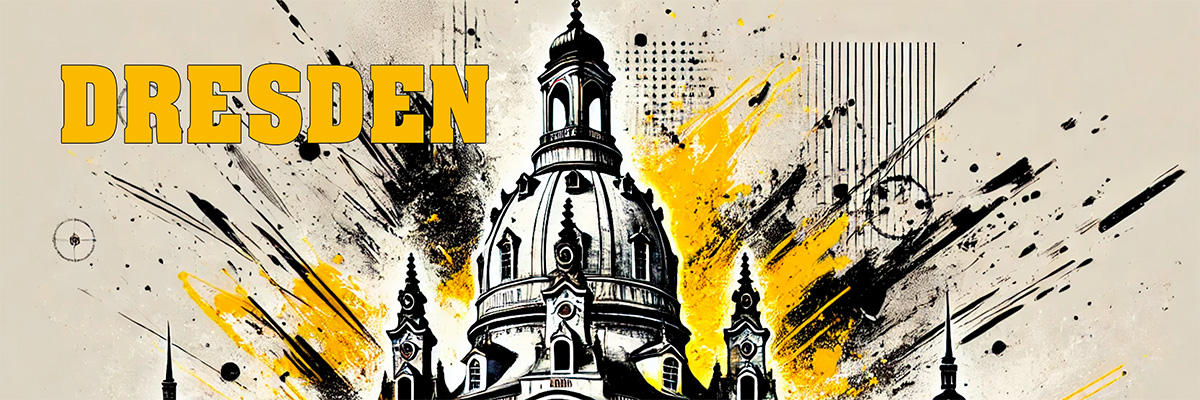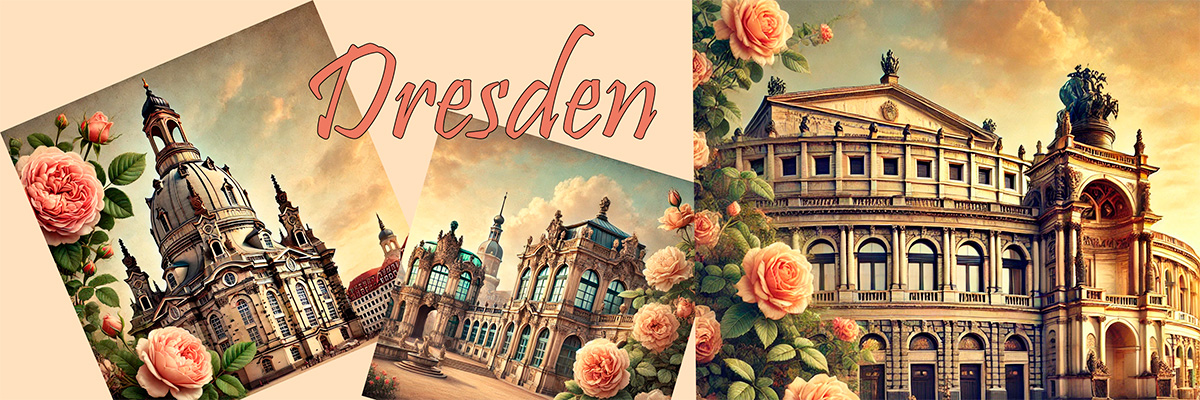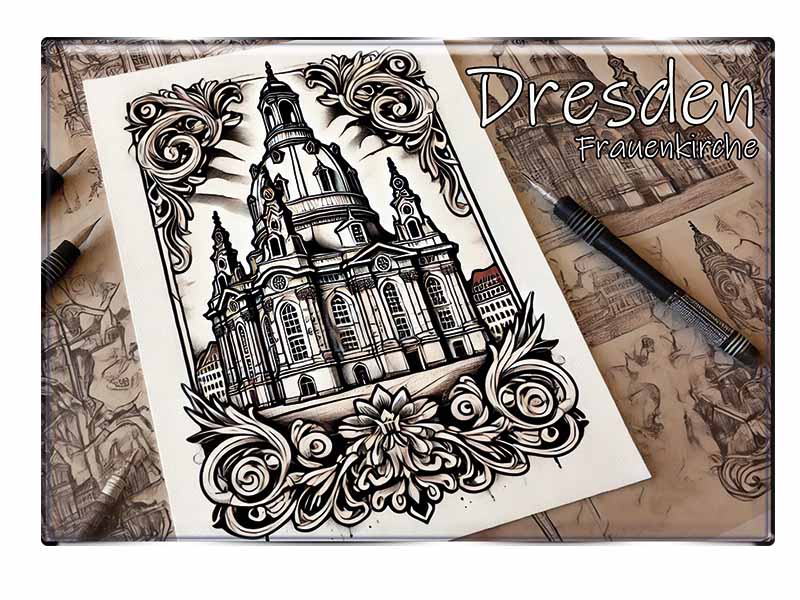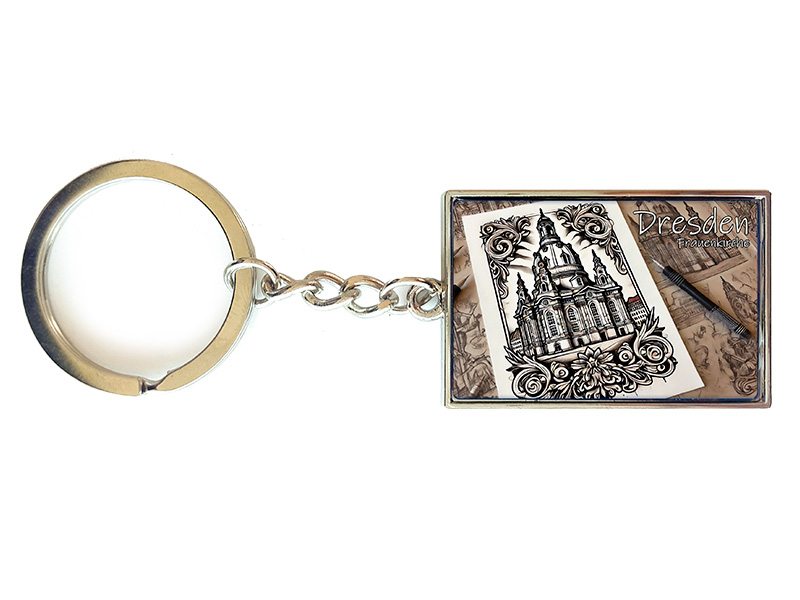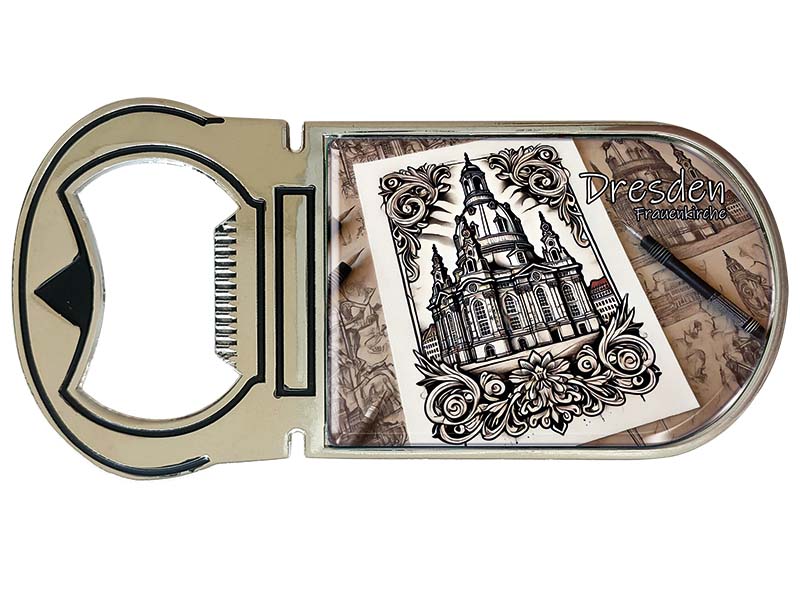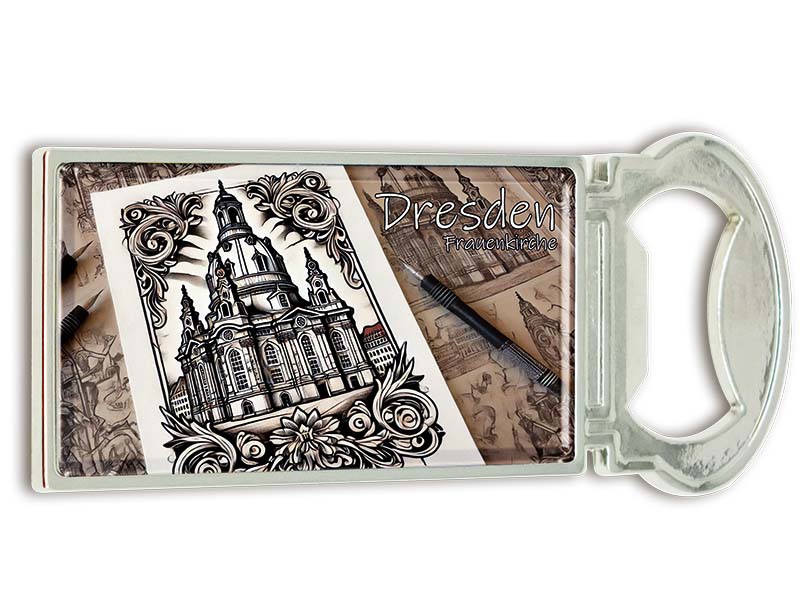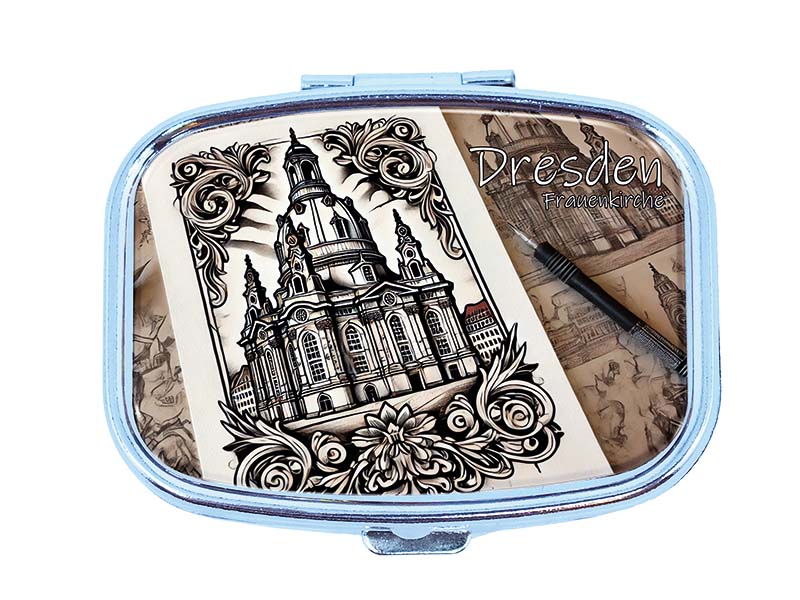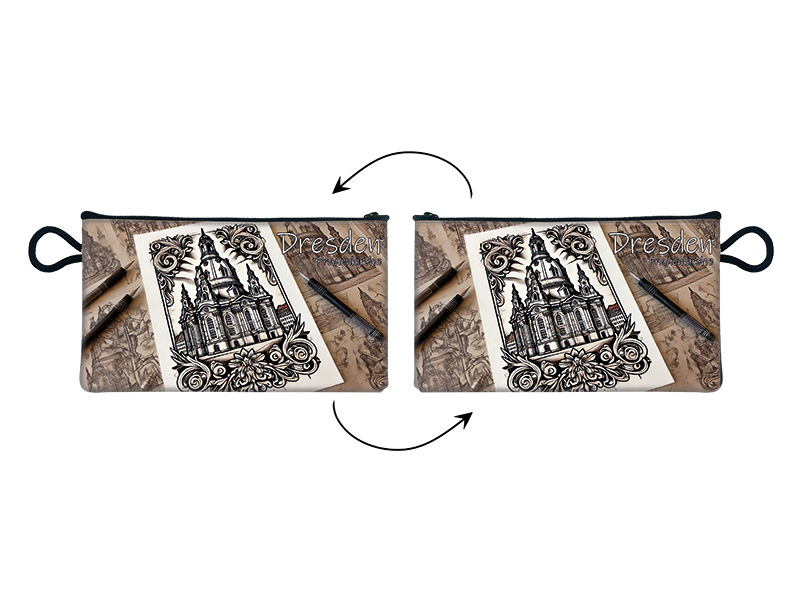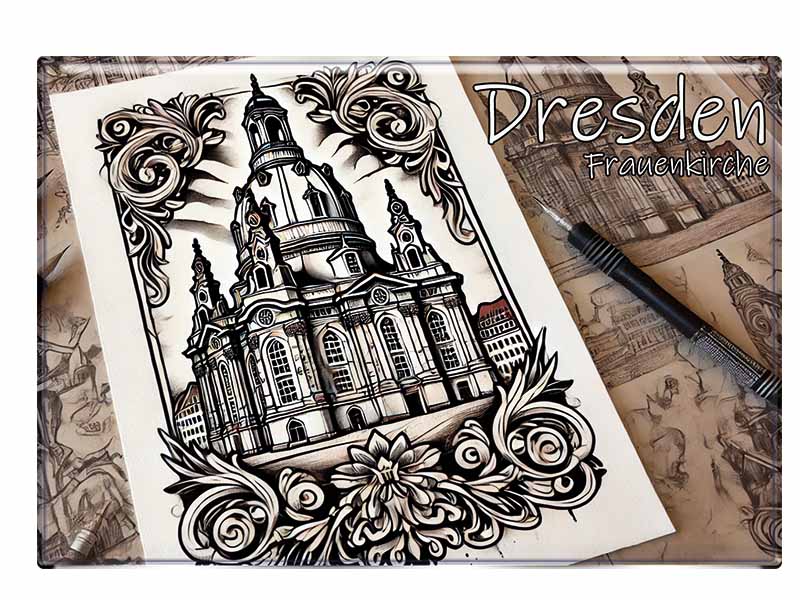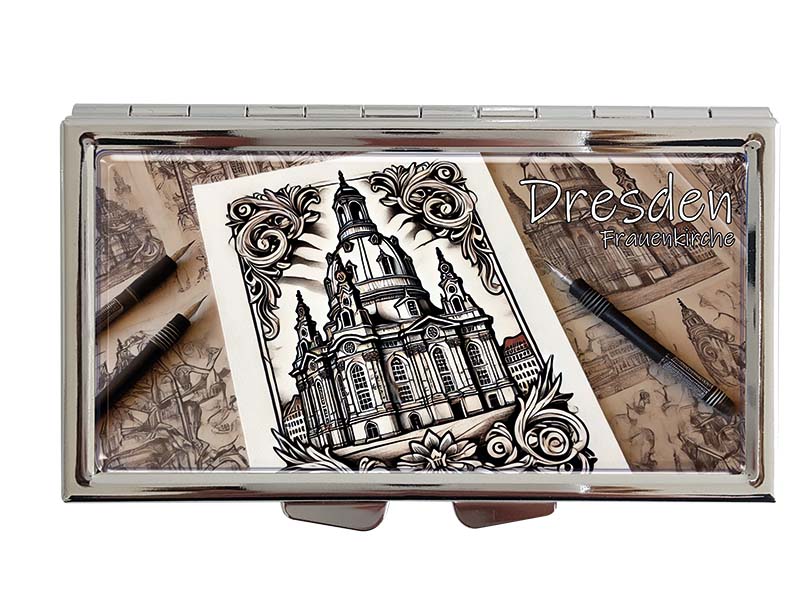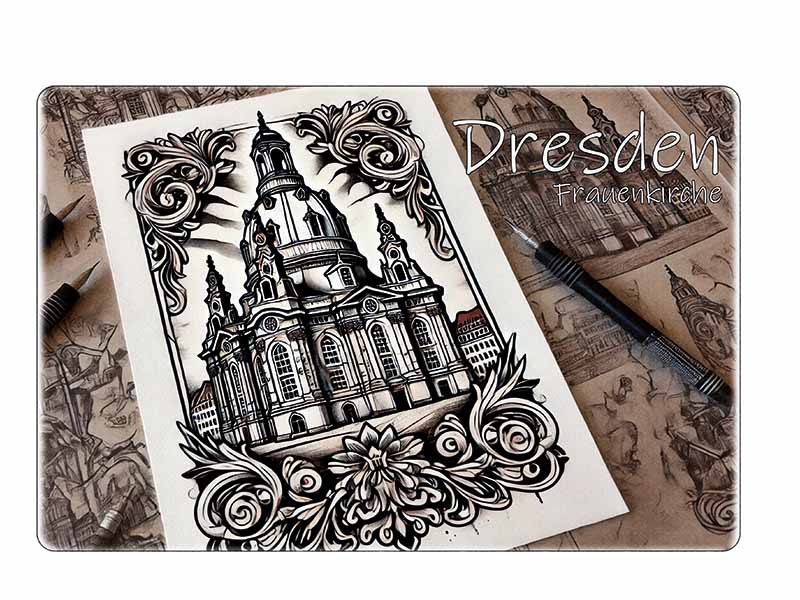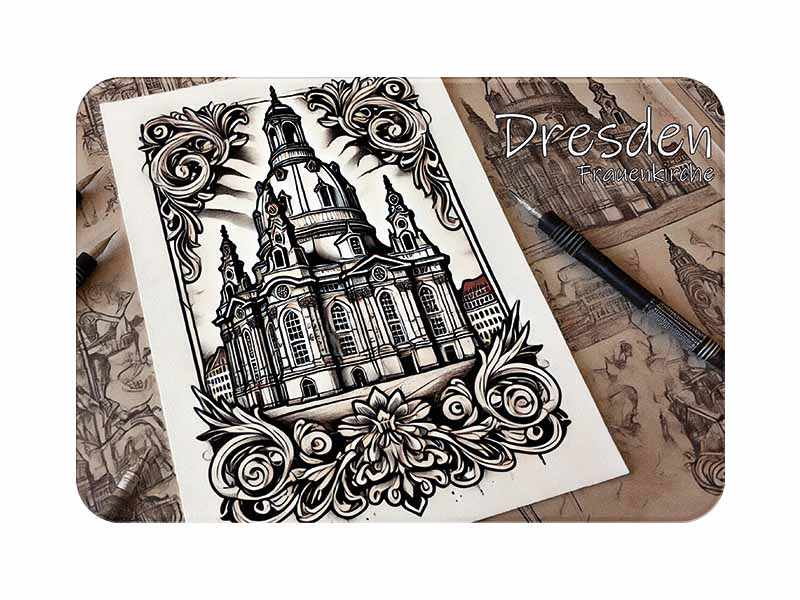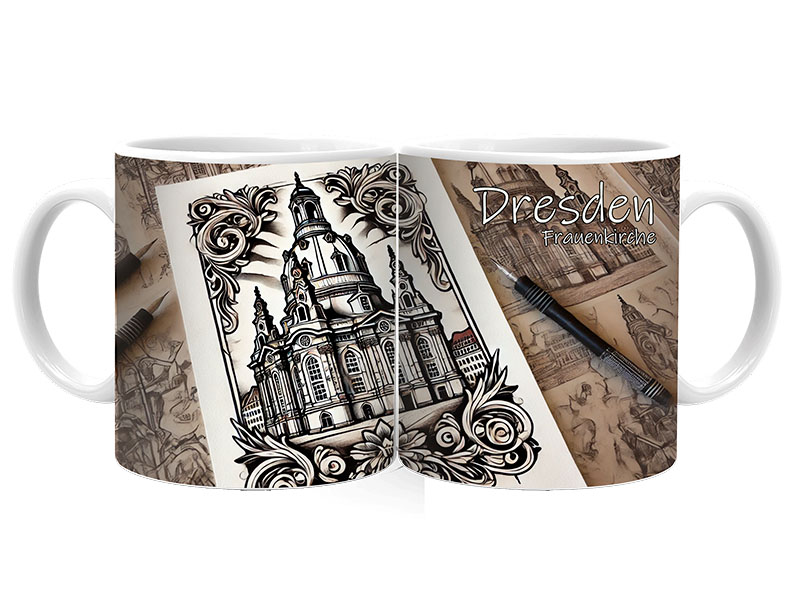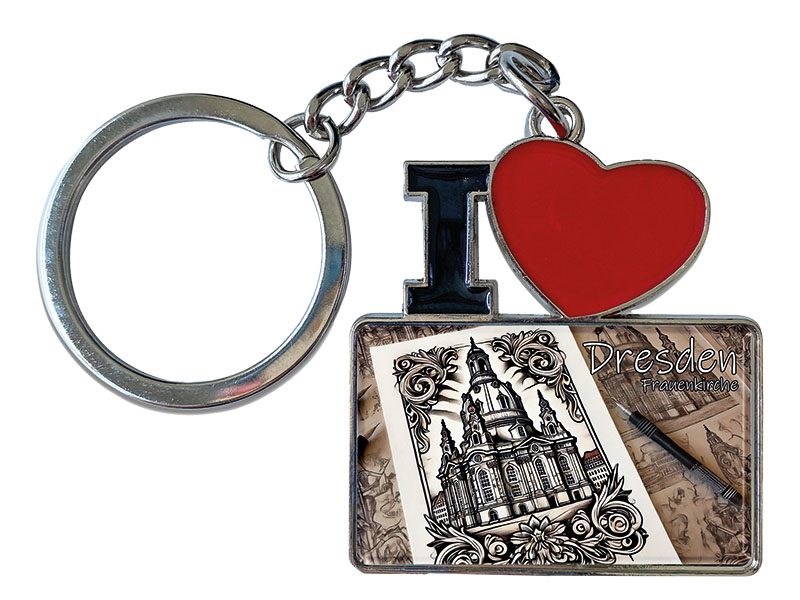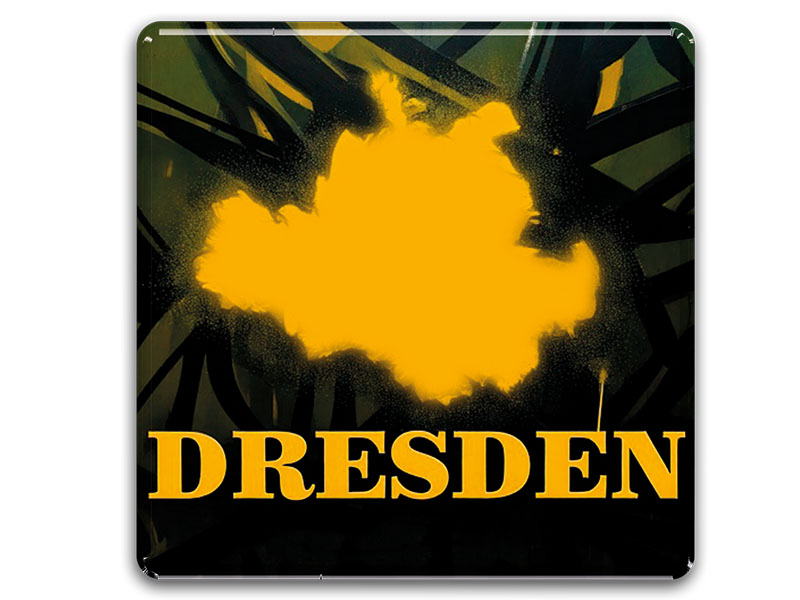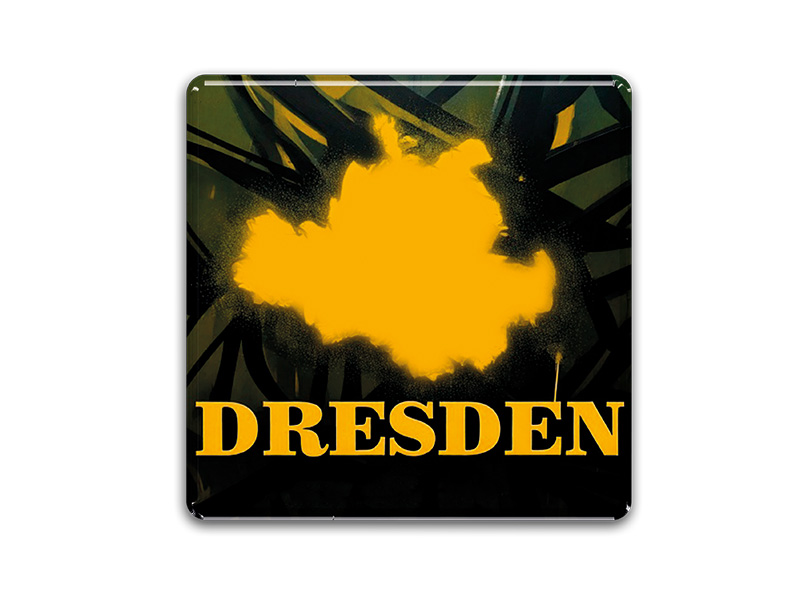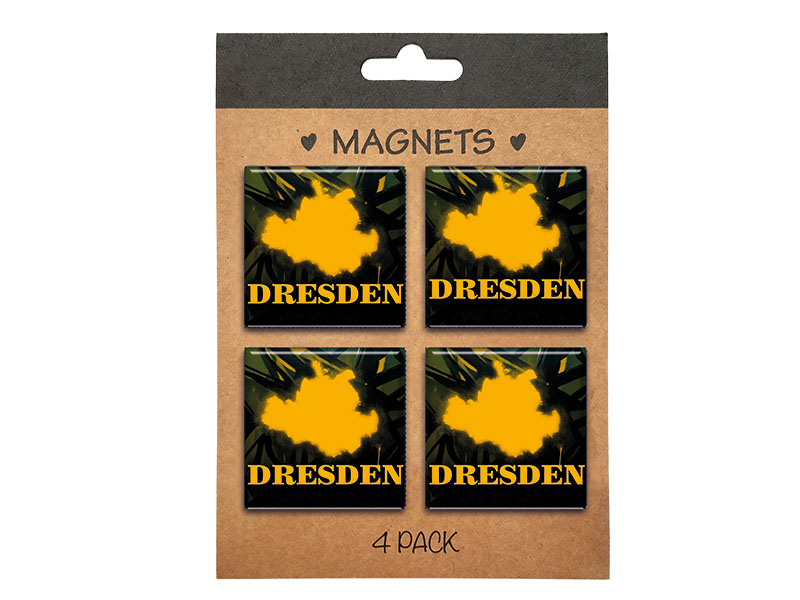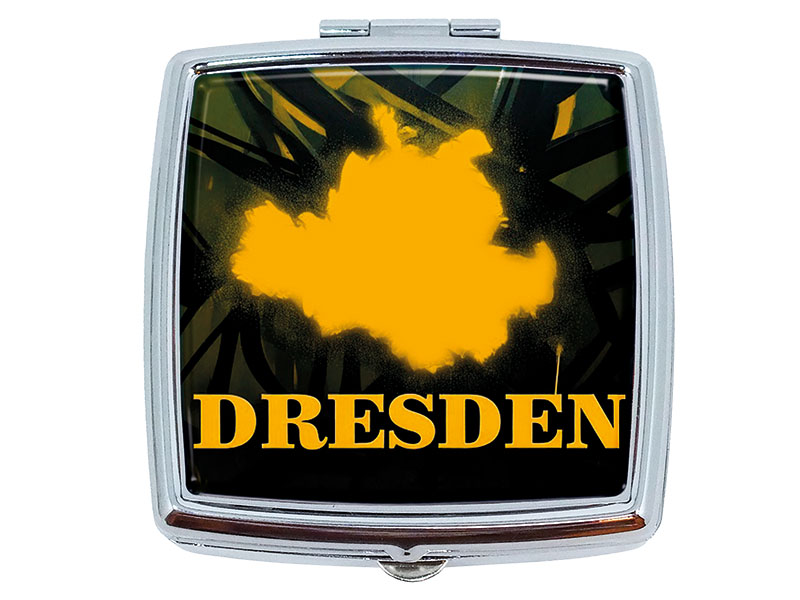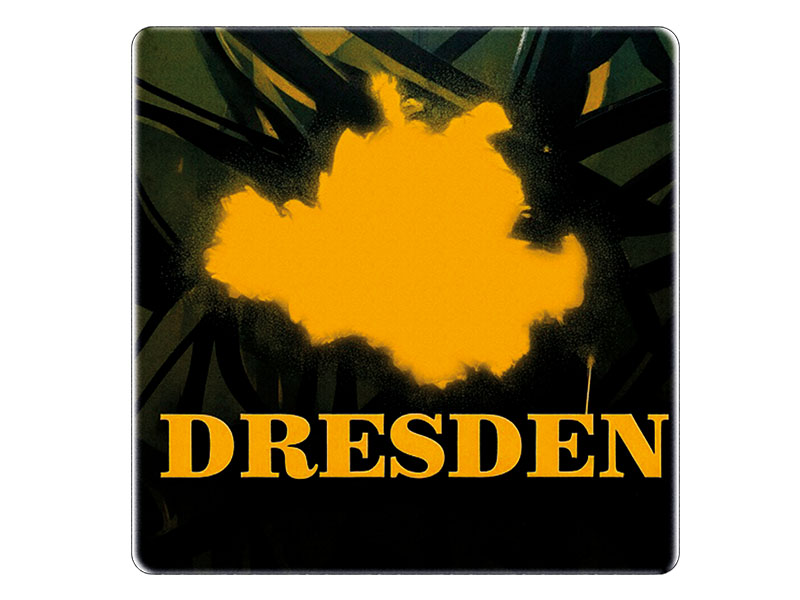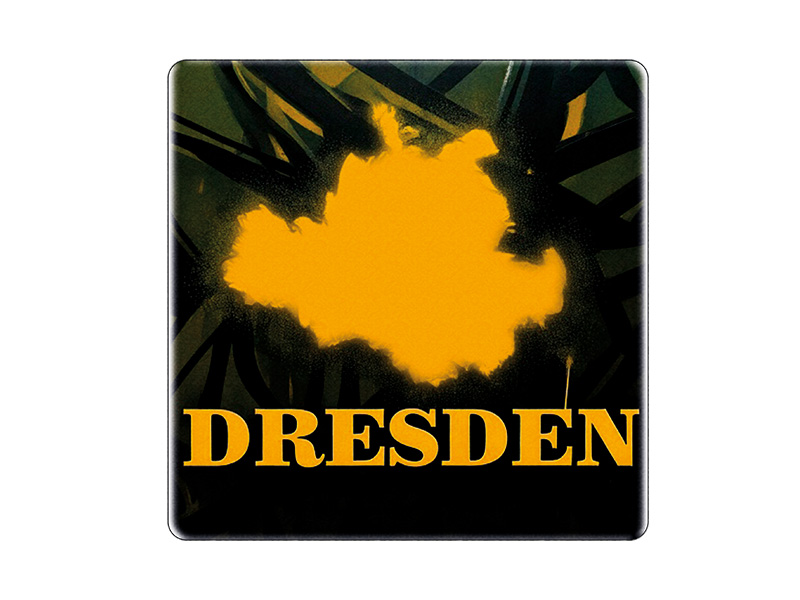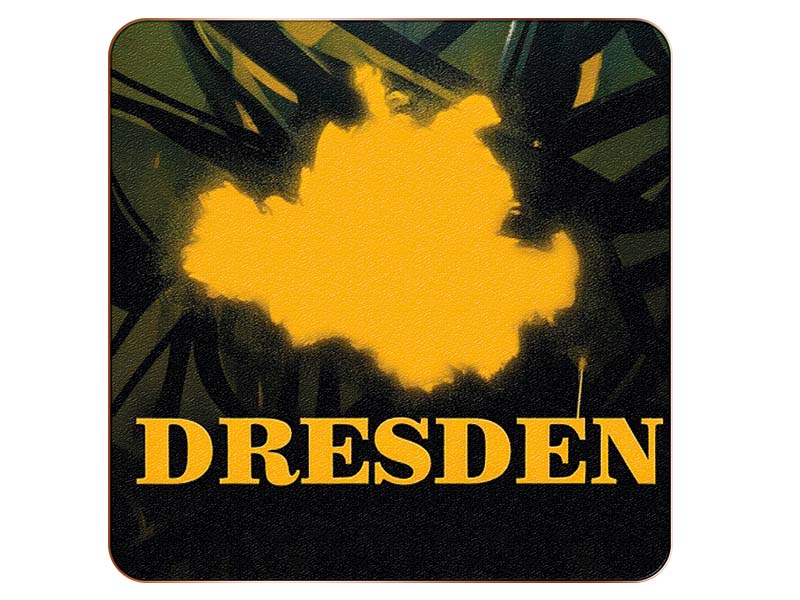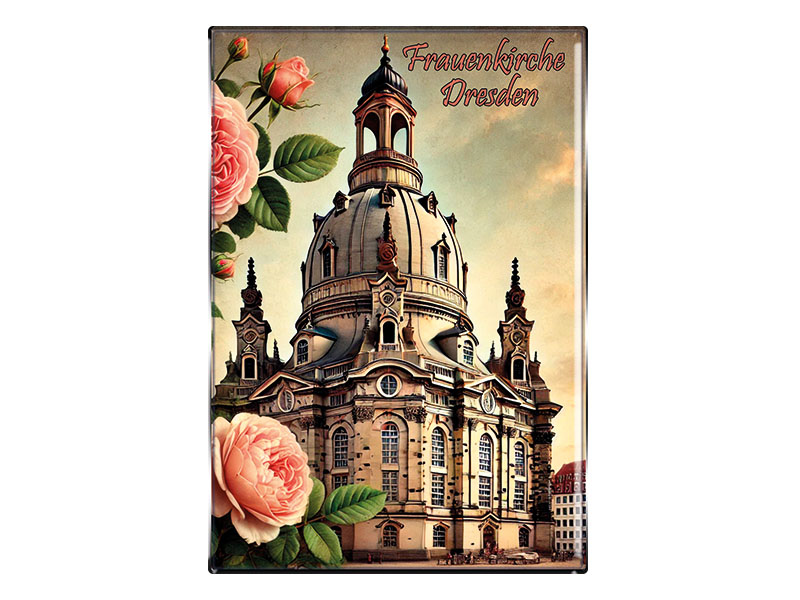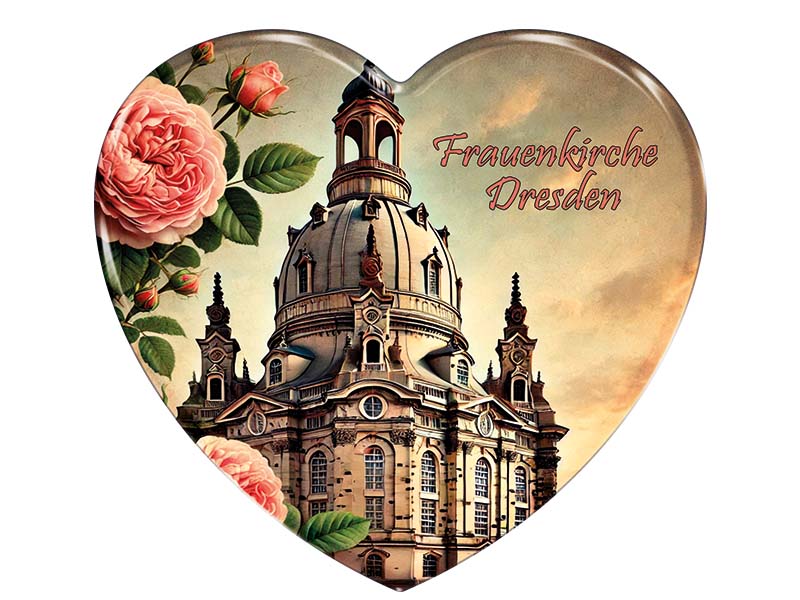- Vehicles
- Figures
- Witches
- Carnival
- Canvas
- Magnets
- Materials
- Maritime
- Hats
- New products
- Personalize
- Plush
- Dolls
- Collectible figures
- Keychain
- Special production
- %Special offers%
- Money boxes
-
Cities - Regions
- Bad Säckingen
- Bamberg
- Bayerischer Wald
- Berchtesgaden
- Berlin
- Bodensee
- Bremen
- Brocken
- Chiemsee
- Cochem
- Dinkelsbühl
-
Dresden
- Eibsee
- Frankfurt
- Freiburg
- Gardasee
- Garmisch-Partenkirchen
- Hamburg
- Harz
- Heidelberg
- Helgoland
- Insel Mainau
- Kleinwalsertal
- Koblenz
- Köln
- Königssee
- Leipzig
- Lübeck
- Mecklenburgische Seenplatte
- München
- Nürnberg
- Oberammergau
- Passau
- Potsdam
- Quedlinburg
- Regensburg
- Rothenburg
- Rügen
- Schwarzwald
- Stuttgart
- Sylt
- Titisee
- Traunsee
- Triberg
- Ulm
- Wernigerode
- Bags/Backpacks
- Textile
- Animal
- Subjects
More information? sign in.
More information? sign in.
More information? sign in.
More information? sign in.
More information? sign in.
More information? sign in.
More information? sign in.
More information? sign in.
More information? sign in.
More information? sign in.
More information? sign in.
Dresden – The Baroque Jewel on the Elbe
Dresden, the capital of the Free State of Saxony, is one of the most culturally rich and historically significant cities in Germany. Known for its magnificent architecture, vibrant arts scene, and tragic wartime history, Dresden captivates millions of visitors each year. In this text, you’ll discover everything worth knowing about Dresden – from its history and geography to famous sights, culinary specialties, notable personalities, and typical souvenirs.
History and Origins
The history of Dresden dates back to the early 13th century, with its first documented mention in 1206. The name “Dresden” originates from the Old Sorbian word Drežďany, meaning “people of the forested wetland.” Over the centuries, the small settlement developed into an important administrative and trade center within the Margraviate of Meissen.
In the 15th century, Dresden became the royal residence of the Saxon electors and later the kings of Saxony. The city experienced its golden age in the 18th century under the rule of Augustus the Strong and his son, when it flourished as a center of baroque art and architecture. Landmarks such as the Zwinger Palace, the Frauenkirche, and the Catholic Court Church were built during this period.
However, Dresden’s history also holds darker chapters. In February 1945, during the final months of World War II, the city was heavily bombed by Allied forces, resulting in the destruction of large parts of the historic old town and the deaths of thousands of civilians. After the war, Dresden became part of East Germany (GDR) and slowly began its reconstruction. Since German reunification in 1990, Dresden has undergone extensive restoration, regaining its title as one of Europe’s most beautiful baroque cities.
Population and Development
Today, Dresden is home to around 560,000 residents (as of 2025), making it the second-largest city in Saxony after Leipzig. The population has been steadily growing in recent years due to the city's high quality of life, economic opportunities, and vibrant academic and cultural scene. Dresden is a young, dynamic city with a strong international orientation, largely thanks to the Technical University of Dresden, one of Germany’s top universities.
Geographical Location and Federal State
Dresden is located in eastern Germany, near the border with the Czech Republic, in the federal state of Saxony. The city stretches along both banks of the Elbe River, surrounded by picturesque landscapes such as the Elbe Sandstone Mountains (also known as Saxon Switzerland) to the southeast and the Ore Mountains to the south.
Its scenic location contributes to the city’s pleasant climate and adds to the charm of the Elbe Valley, which is a UNESCO-recognized cultural landscape. The mixture of urban beauty and surrounding nature makes Dresden a popular destination not only for history and art lovers but also for outdoor enthusiasts.
Top Sights and Attractions
Dresden is often referred to as the “Florence of the North” due to its stunning art collections and baroque architecture. Some of the city’s most famous landmarks include:
-
Frauenkirche: Destroyed in World War II and rebuilt by 2005, this baroque church with its magnificent dome is a powerful symbol of peace and reconciliation.
-
Zwinger Palace: An iconic baroque complex housing important museums, including the Old Masters Picture Gallery, which features works by Raphael, Rembrandt, and Vermeer.
-
Semperoper: Dresden’s opera house is world-renowned for its acoustics, architecture, and performances.
-
Royal Palace (Residenzschloss): Formerly the seat of Saxon rulers, the palace now hosts museums like the Green Vault, which displays one of the richest treasure collections in Europe.
-
Brühl’s Terrace: Known as the “Balcony of Europe,” this riverside promenade offers panoramic views of the Elbe and is popular among locals and tourists alike.
-
Blue Wonder (Blaues Wunder): A 19th-century steel bridge, remarkable for its engineering and connecting the districts of Blasewitz and Loschwitz without any supporting pillars in the river.
Dresden’s cityscape is a unique blend of baroque splendor, 19th-century elegance, and modern innovation. Visitors can also explore newer attractions like the Gläserne Manufaktur, Volkswagen’s transparent factory, or the strikingly modern Military History Museum, redesigned by architect Daniel Libeskind.
Tourism – Visitor Numbers and Significance
Dresden is one of Germany’s top urban tourism destinations. Each year, the city welcomes over 4.5 million overnight stays, not including millions of day-trippers. Especially during the Christmas season, Dresden’s Striezelmarkt – one of the oldest Christmas markets in the world (since 1434) – attracts hundreds of thousands of visitors.
Major cultural events such as the Dresden Music Festival, the Film Nights on the Elbe, and the City Festival (Canaletto Fest) also contribute to the city’s popularity. Additionally, Dresden serves as a gateway to the Saxon Switzerland National Park, a favorite among hikers and climbers.
Famous People from Dresden
Many notable figures in culture, science, and politics were born in or closely connected to Dresden, including:
-
Richard Wagner (1813–1883): The famous composer spent several years in Dresden and premiered his opera Rienzi there.
-
Erich Kästner (1899–1974): Born in Dresden, Kästner is known for classic children’s books such as Emil and the Detectives.
-
Gerhard Richter: One of the most influential contemporary painters, born in 1932 in Dresden.
-
Angela Winkler: Acclaimed actress, born in Dresden.
-
Jan Josef Liefers: Actor and musician, well known for his role in Tatort, also born in Dresden.
Today, Dresden remains a hub for creative talent, with numerous artists, musicians, and scientists living and working in the city.
Typical Food and Drinks
Dresden and Saxony are known for their rich culinary traditions. Some of the most typical dishes and specialties include:
-
Dresdner Christstollen: Arguably the most famous local specialty. This buttery fruitcake is traditionally enjoyed during Christmas, often dusted with powdered sugar and packed in decorative tins.
-
Eierschecke: A unique three-layer cake made of shortcrust or yeast dough, quark cheese filling, and a fluffy egg custard top.
-
Saxon Sauerbraten: Marinated pot roast, typically served with red cabbage and potato dumplings.
-
Quarkkeulchen: Fried potato and quark dough patties, often served sweet with apple sauce.
-
Radeberger Pilsner: A famous beer brewed just outside Dresden, often found in local pubs and restaurants.
-
Saxon Wines: Grown along the Elbe Valley, particularly near Radebeul, the region produces fine white wines such as Müller-Thurgau and the rare Goldriesling.
Saxon cuisine is known for combining hearty meat dishes with sweet baked goods, and afternoon coffee and cake is a cherished local tradition.
Typical Souvenirs
If you’re looking to take a piece of Dresden home with you, here are some classic souvenirs:
-
Dresdner Christstollen: A festive treat that also makes a delicious gift.
-
Meissen Porcelain: Although produced in nearby Meissen, this world-famous fine porcelain is often sold in Dresden and is a luxurious and artistic souvenir.
-
Miniatures of the Frauenkirche: These small replicas are popular mementos, available in materials like wood, glass, and metal.
-
Saxon Wine and Beer: Local bottles of wine or a six-pack of Radeberger are great for sharing the taste of Dresden.
-
Wooden Crafts from the Ore Mountains: Especially around Christmas, you’ll find traditional handmade items like pyramids, nutcrackers, and smoking men.
-
Art Prints: Reproductions of works by artists like Canaletto (who famously painted Dresden) or Gerhard Richter are appreciated by art lovers.
Conclusion
Dresden is a city where history meets modern life, where baroque beauty coexists with innovative science and technology. Whether you’re drawn by its majestic churches, its poignant history, its world-class opera, or simply the taste of an original Christstollen, Dresden offers an unforgettable experience.
The city is not just a place to visit—it’s a place to feel, to discover, and to return to. With its cultural richness, picturesque setting, and welcoming atmosphere, Dresden rightfully holds its place as one of Europe’s most enchanting destinations.

